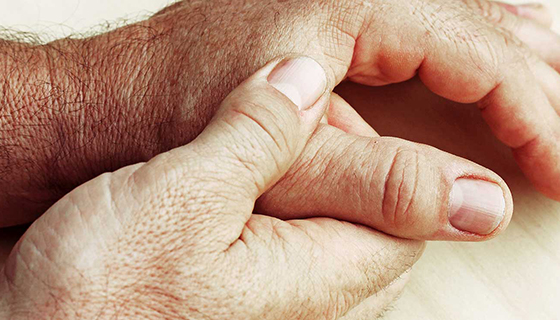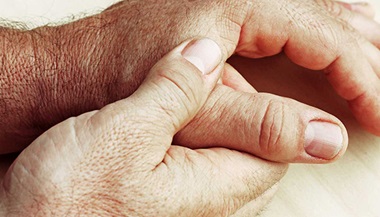Diagnosing Hand Conditions
How are hand conditions diagnosed?
Some hand conditions need to be diagnosed through surgery, depending on what is causing the condition. In general, a hand condition may need the following procedures to help in the diagnosis:
-
Complete history and physical exam. Your doctor will need to know your age, hand preference, occupation, and any history of other problems with the hand. For injuries, your doctor may also need to know:
-
Type of injury that occurred
-
When and where the injury occurred
-
Other information about the injury. For example, was it related to work? Was the hand injured with a contaminated piece of machinery or chemical?
-
Position of the thumb or affected fingers during the injury or fall
-
-
Your health history including tetanus vaccine status and current medicines
In some cases, a diagnosis can be made simply based on a physical exam. But you may need the following tests to help confirm the diagnosis, or the extent of the problem:
-
Arthrography. A contrast dye is injected into the hand to allow the doctor to better see the joints on X-ray.
-
Bone scintigraphy. A dye is injected into a vein, and images are taken to show how the dye has entered various tissues and structures. The study is usually done in phases. Images of the hand are taken at different times after the dye is injected.
-
CT scan. This test uses X-rays and a computer to make detailed images of the body. It can look at the bones, muscles, fat, and organs. CT scans are more detailed than general X-rays.
-
Electromyogram (EMG). This test measures the electrical activity of a muscle or a group of muscles. An EMG can detect abnormal electrical muscle activity caused by diseases and nervous system conditions.
-
MRI. This test uses large magnets, radiofrequencies, and a computer to make detailed images of organs and structures within the body. It allows the doctor to see the tendons, ligaments, vessels, and nerves in the hand.
-
Ultrasound (also called sonography). This imaging test uses high-frequency sound waves and a computer to make images of blood vessels, tissues, and organs. Ultrasounds are used to see internal organs as they function. It can see blood flow through various vessels. In the hand, ultrasound is useful for finding fluid collections, such as cysts.
-
Video fluoroscopy. This test lets your doctor see how your hand moves by recording the movement on video for repeated viewing. A fluoroscope is a device that takes an X-ray. The image is displayed on a screen.
-
X-ray. This test uses invisible energy beams to make images of internal tissues, bones, and organs.




